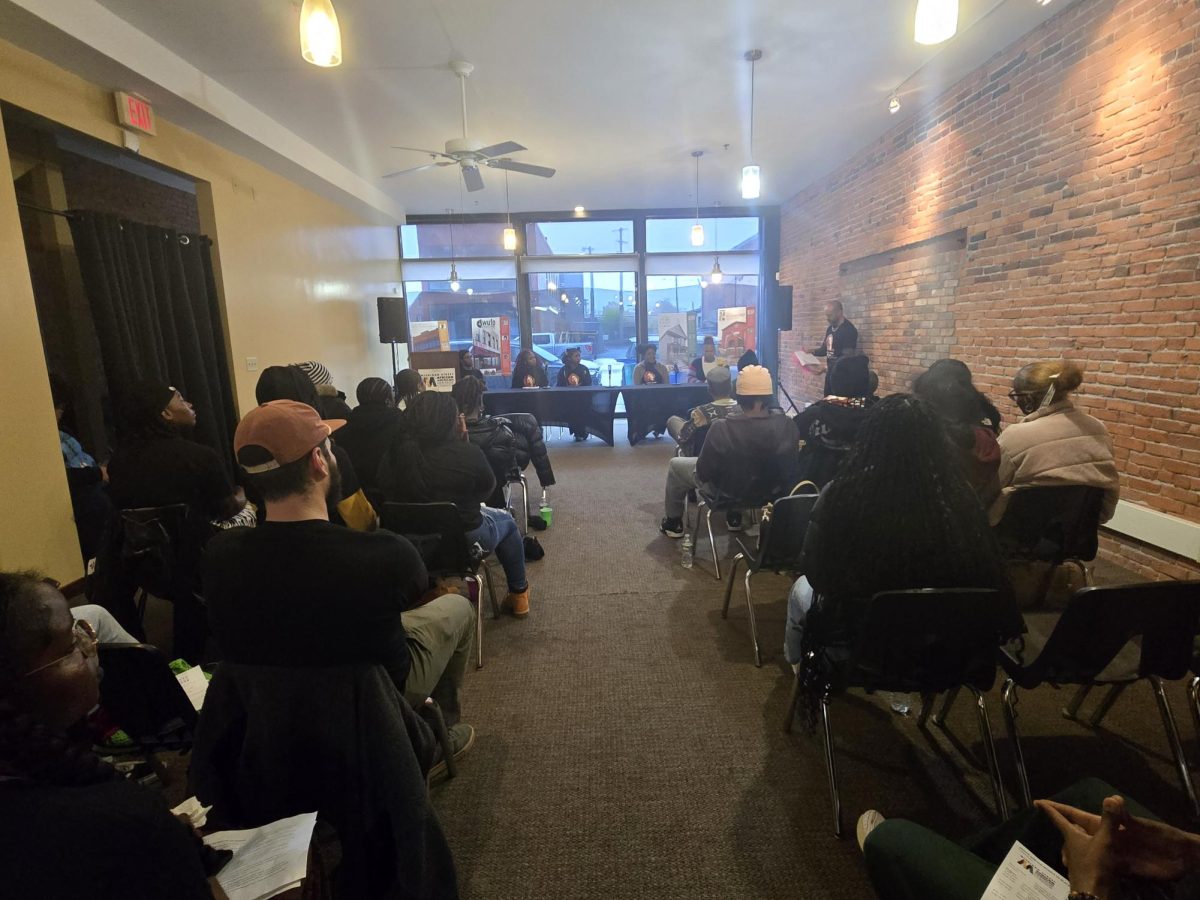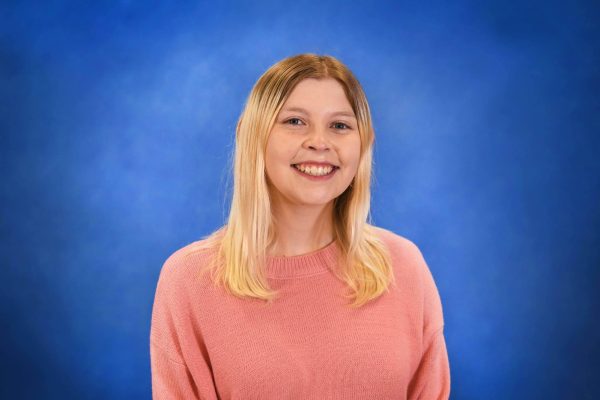NASO celebrating Native American Month with Thanksgiving event
November 17, 2015
Marcus Farmer Tyner has been working for the Native American Society Organization (NASO) for about two months, but he’s found a home.
“One of the best parts of working for them is reaching out to the college community that doesn’t really know about anything native,” he said. “I like singing for people.”
He sang in front of a large group of people on Nov. 1, which was the beginning of Native American Heritage Month. While he said he did “alright,” other students immediately chimed in that he was “awesome” and “great.” The members are always supportive of one another.
NASO will be hosting another event for Thanksgiving on Nov. 19 in the Student Union. Participants are encouraged to bring a potluck item from 5 pm to 10 pm. There will be dancing, singing and Native vendors as well.
Brandon VanEvery is a senior this year and has been with NASO for five years. He now runs the organization and hopes that it will stay active after he is gone. While some members remain pessimistic for Native culture in the next 20 years, VanEvery tries to stay positive.
“To me it is focused on the Native American culture around Buffalo State. Particularly the Seneca and Tuscarora,” he said, “the presentation was the Native American singing and dancing, there was also Native vendors there.”
The organization intends to be very active during this important month. On Nov. 5, they pulled off a dual event in Bulger with Black Active Minds, where NASO talked about the matriarchal culture that many tribes ascribe to in the area.
“While you may not know who your father is,” VanEvery said, “you do know who your mother is.”
In the days of the longhouse, clans of Native Americans divided themselves through matriarchal bonds, if your mother was of the Wolf Clan, you were too, as were your brothers and sisters. Your father would often stay in the same longhouse as your mother, but his clan was not your clan.
Richard Sanala, another member of NASO, talked about how the history and culture we see in the United States is very affected by Native traditions before the event. He noted that Benjamin Franklin and other framers of the Constitution were inspired by the way tribes organized themselves.
“The concept of checks and balances, those were all parts of our culture,” Sanala said. “The 13 arrows on the back of the dollars were originally a ‘lay down your arms’ kind of thing for the Iroquois nations. It’s supposed to voice peace.”
For him and VanEvery, the purpose of the group is to spread as much culture as possible. And this is not only for those outside the community, but for other Native Americans.
“We do have a lot of commuter students, they are coming from the reservation,” VanEvery said. “There is a focus of moving away from the reservations, but people eventually make their way back… long term. After a while, they start to realize that they’re losing that community feel of their Native American culture. It’s more available on the reservation.
“I particularly focus on the Native American culture around here and that also is supported by the community. People really need to know about the Native American culture as a whole is that it’s based on community.”
email: joe.record@outlook.com



